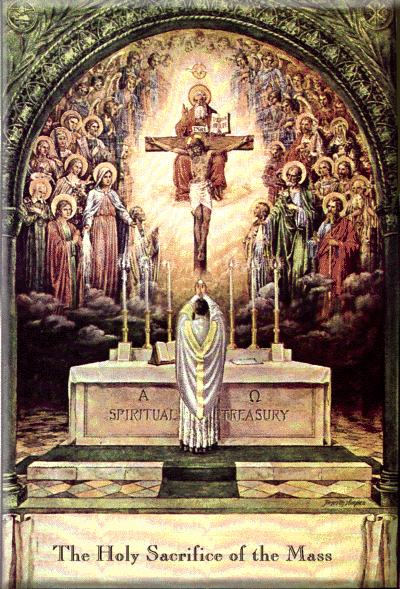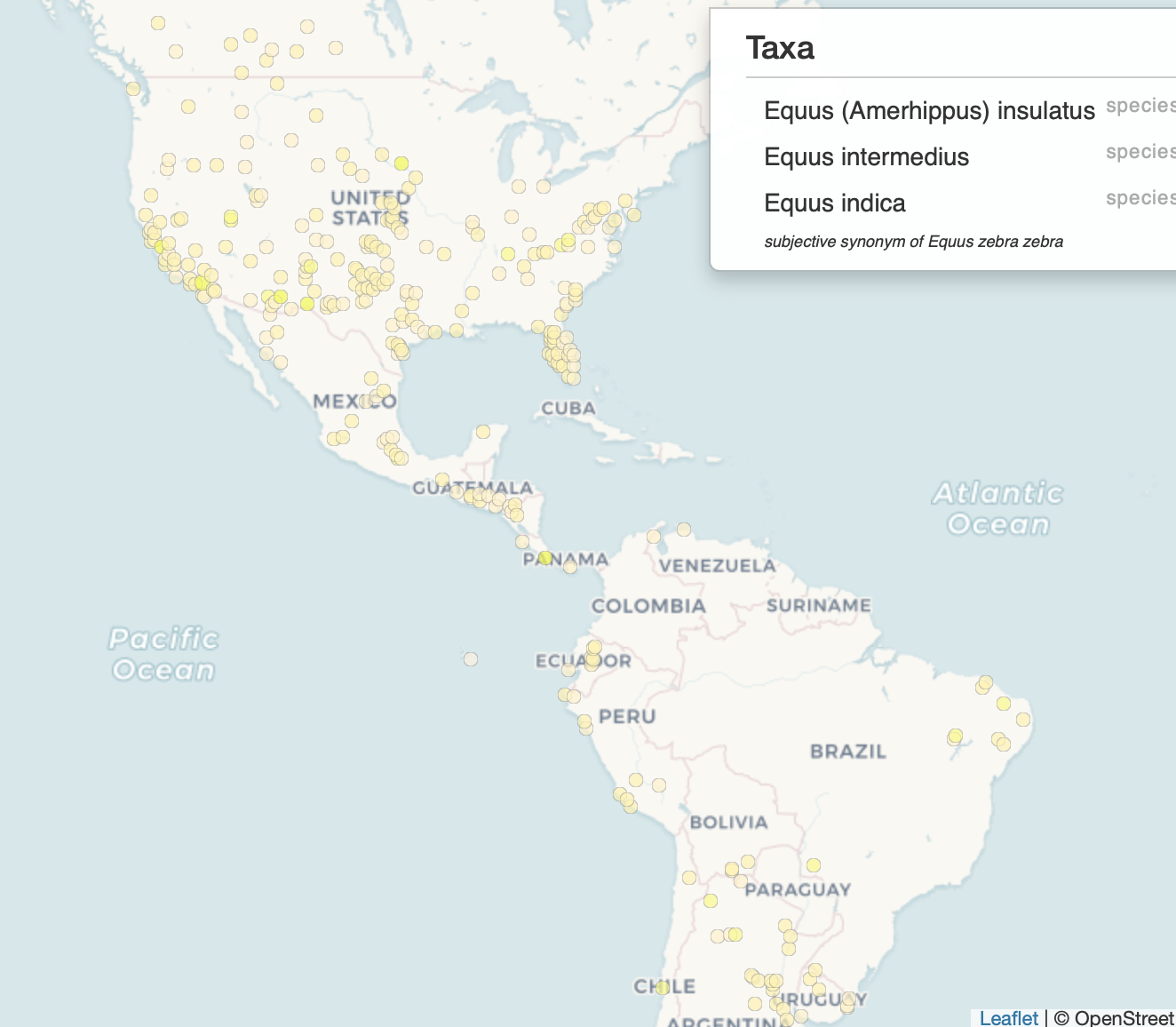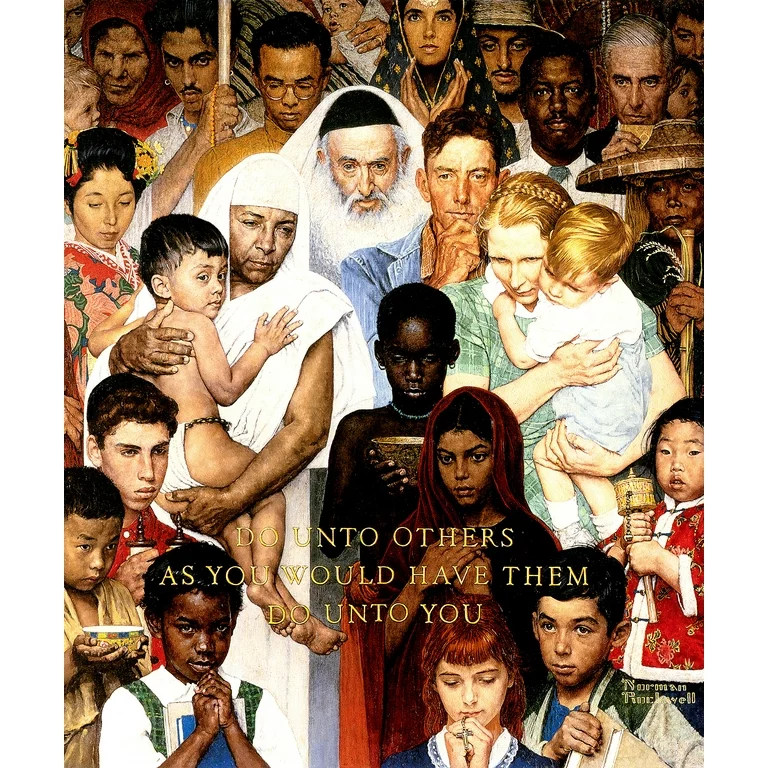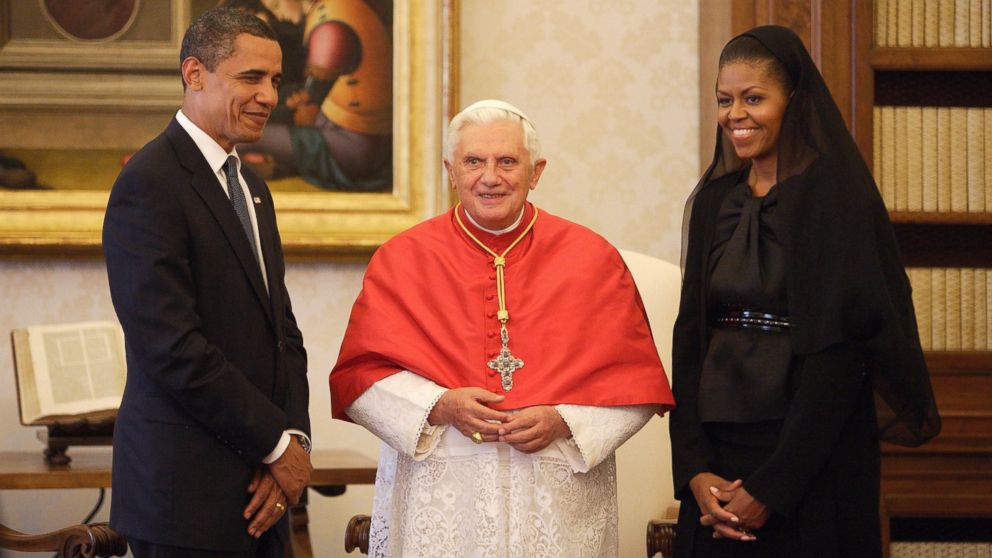Author: Stephen C
-
Cutting-Edge Latter-day Saint Research, July 2024
Clarke, Steve. “When conspiracy theorists win.” Inquiry: An Interdisciplinary Journal of Philosophy (2024): 1-24.
-

On Pie and Beer Day
Last Utah post for a while, I promise Imagine you lived in the Jewish Autonomous Oblast in Russia, or some other area settled by a historically disenfranchised religious group. Also imagine, if you will, that this Jewish or Muslim or what have you group had a local holiday that celebrated their escape from persecution and…
-
The New Ex-Mormons
We just returned from our yearly-ish pilgrimage to Utah. Trips to Utah are always an opportunity to stick my finger in the air to get a more subjective, qualitative sense of things are going in the Church. Of course, Utah does not equal the Church in so many ways, but it does act as a…
-

Misuse of the “Lost Sheep” Parable
People often misuse the Parable of the Lost Sheep, where the Lord leaves the 99 to go after the 1, and draw analogies and connections that don’t make a lot of sense given the premises of the Parable, so I thought I’d make a set of guidelines for logically using the Parable. Note: I have…
-

To Live in Utah or not to Live in Utah? The Grand Debate
I asked Dalle-3 to “Create two images side-by-side, one representing Utah in a good light and one representing Utah in a bad light. Show me images that show bad things particular to Utah and good things particular to Utah, instead of just generic bad and good things.” In the image it generated “the left side…
-

Interesting Wikipedia Articles About Latter-day Saints
Martin Luther King Jr.’s Murderer, Ex-Mormon (according to Wikipedia) James Earl Ray A recent project of mine has been to figure out a way to generate a list of all Wikipedia articles that mention the word “Mormon” or “Latter-day Saint” so that we can generate the comprehensive compendium of all things Latter-day Saint/Mormon on Wikipedia. …
-

The Endowment and the Traditional Latin Mass: Beauty, Holiness, and Structure
Due to some things I’m involved in, I recently attended a Traditional Latin Mass (TLM). For the uninitiated, after Vatican II the Catholic Mass was changed to be more user-friendly. It was conducted in the vernacular instead of Latin and was shortened. While in the past the priest traditionally faced towards the East as he…
-
Cutting-Edge Latter-day Saint Research, June 2024
Greenhalgh, Spencer P., and Amy L. Chapman. ““Come for the Memes, Stay for Defending the Faith”: Far-Right and Anti-Feminist Red Pill Influences in the# DezNat Twitter Hashtag.” Mormon Social Science Association: 2:1.
-

Sien Hoornik, Vincent Van Gogh, and Making All Things New
Sorrow, a Van Gogh drawing of a pregnant Sien Hoornik Selling only one painting during his lifetime, Vincent Van Gogh has become the archetype of the tortured genius not appreciated until after his death. His long-running mental health problems have been the subject of movies and ballads (with one moving example being Don McLean and…
-

The Buddhist Alma the Younger and Forgiving the Unforgivable
While Saul/Paul and Alma the Younger were arguably committing the worst kind of sins by fighting against God, in both narratives they were sincere and possibly even well-meaning, albeit theologically wrong. They weren’t, say, torturing or killing people en masse as far as we know, and it seems like if there is a textbook case…
-

Ancient Horses in the Americas, False Negatives, and the Paleobiology Database
Distribution of Equus fossils in the Americas from the Quaternary, Paleobiology Database The fossil record for horses in the Quaternary in the Americas, a very niche topic, has had particular interest to Latter-day Saints for well-known reasons. At the outset I should lay my cards on the table and state that I hold to a…
-

From Whence Muhammad?
Fun fact: One of the most prominent movies about the life of Muhammad (who, out of respect for Sunni Muslim sensitivities, is never actually shown onscreen) was produced and directed by Latter-day Saint Richard Rich, who has also done some Book of Mormon films, and whose aesthetic you might recognize from movies like the…
-

The Cosmological Grandeur of the Restored Gospel: Mining the Journal of Discourses
Worlds Without End in the style of Van Gogh How is it that hardly any major religion has looked at science and concluded, “This is better than we thought! The Universe is much bigger than our prophets said, grander, more subtle, more elegant?” Instead they say, “No, no, no! My god is a little god,…
-

The Church in the Courts, 2024
The website “Court Listener” is a publicly available source for looking up cases around the country. By searching for the term “Latter-day” I looked for all cases involving the Church that were filed sometime during 2024. Of course, I am no lawyer (unlike By Common Consent, our bench is quite shallow on the legal side…
-

The Latter-day Saint Homeschooling Conundrum
Latter-day Saint homeschooling families living outside the Mormon belt face a conundrum. For the uninitiated, many if not most homeschoolers actually do quite a bit of organized educational activities with other homeschoolers in what are called “homeschool co-ops.” Sometimes this is limited to activities while in other cases one of the parents will volunteer to…
-

How Literally Do Members Take the Church’s Truth Claims?
Stephen Cranney and Josh Coates This is one of a series of posts discussing results from a recent survey of current and former Latter-day Saints conducted by the BH Roberts Foundation. The technical details are in the full methodology report here. Occasionally in Latter-day Saint discourse people that have lost their testimonies of the Church’s…
-
Cutting-Edge Latter-day Saint Research, May 2024
Sorrell, Sydney A., G. Tyler Lefevor, Samuel J. Skidmore, Rachel M. Golightly, and Kyrstin NL Searle. “Understanding How Religiousness Shapes Perceptions of Compulsive Sexual Behavior.” Journal of Sex & Marital Therapy (2024): 1-16.
-
Architectural Influences of Modern Temples
I’ve always had a sort of amateur, passing interest in architecture, and temple architecture in particular. However, I’ve never had enough to
-

Religious Studies Graduate Programs are Pyramid Schemes. Just Say No.
Blind leading the blind I’m not saying that religious studies folks are blind to things that matter, I just thought it was a good depiction of the religious studies treadmill in general, and I kind of just like the picture. I have one of those Facebook friends who I’ve only met briefly once in real…
-
An Anonymous BYU Honor Code Office Experience
An Anonymous Account of an Experience with the Honor Code Office at BYU and its Aftermath that was Submitted to T&S as a Guest Post. Surprisingly, after the initial rush of dread the first feeling after seeing the pop-up message on the screen was one of relief. I had been caught, would be reported…
-

My “Sacred Envy” List
“Sacred Envy” is the well-known idea (at least in Latter-day Saint circles) of having the humility to recognize some positive attributes of other faiths, so I thought I would make my “sacred envy” list. To be clear, the Church of Jesus Christ of Latter-day Saints is my faith because I think it is the best…
-

Addressing One Part of the Female Ordination Question
And yes, if women ever receive the priesthood I’m sure it will also be given to sisters with extra fingers. Female ordination is one of those issues that is built on so many premises that are themselves so potentially polemical that it would take a ten-part series to walk a true believer and a true…
-

Christ-Like Living According to “The Godfather”
In the Godfather Part III (I know, I know), in response to his protege threatening to knock off a competitor, Mafia don Michael Corleone quips “never hate your enemies, it affects your judgment.” This is a common theme throughout the Godfather series, also embedded in the (in)famous “it’s not personal, strictly business” line. The cold-hearted…
-

My Spirituality Stack
I’m a sucker for those lifestyle influencers that show off their green smoothie stacks. Even though I know that 99% of supplements are scams that don’t pass the double blind, RCT standard, at the very least it’s still health-motivating to see somebody cram a bunch of greens into a blender (although, to save you time,…
-

How Do Members Explain the Priesthood and Temple Ban?
Black man ordaining another Black man in the style of African folk art Stephen Cranney and Josh Coates This is one of a series of posts discussing results from a recent survey of current and former Latter-day Saints conducted by the BH Roberts Foundation. The technical details are in the full methodology report here. The…
-
Cutting-Edge Latter-day Saint Research, April 2024
Apologies for the length in advance. A lot of people had things to say about the Church and its members this month! Carr, Ellen Melton. “Fountains of Living Waters: How Early Mormon Irrigation Innovated the Legal Landscape of the West.” Oil and Gas, Natural Resources, and Energy Journal 9, no. 3 (2024): 361. There was…
-

Temple Architecture and Local, Native Styles
Longtime readers may recall that I started to do a series on “temple architectural heritages” a while ago. I eventually aborted it since the subject was too big and unwieldy. Still, I’m looking forward to the day when somebody puts together a glossy coffee table book with not just pretty pictures, but also the architectural…
-

My Mansplaining About Modesty
There are few issues in the Church as touchy as modesty. Every society has their lines for what is considered in poor taste on the revealing side or conversely too demure in the other direction, while the Church is consistently a few clicks to one direction on that continuum, making this one of those issues…


